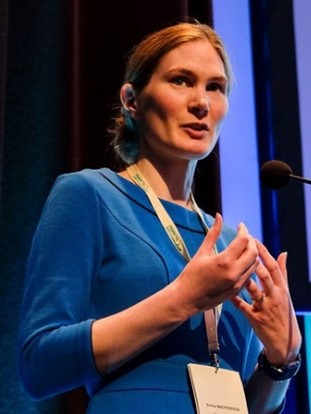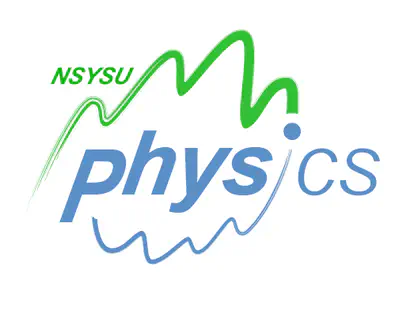Table of Contents
I am hiring PhD students to work in my laboratory. As I have just refurbished the laboratory from the previous professor, you will be getting a brand new workspace. I also inherited an optical laboratory and you will be working with it.
 |  |
Salary
PhD students will be paid 15,000NTD per month as a minimum. However, getting good results will increase your salary
- Acceptance of first author publications will increase your monthly salary by 500NTD, or more for high quality journals.
- Actively improving your English will also be rewarded.
- Contributions to publications of other NSYSU professors will also be rewarded (between 100-300NTD).
- The NSYSU Physics department pays additional salary for marking undergraduate homeworks (as a teaching assistant) with salary depending on number of homeworks marked.
Research area
You will be working with ultra-fast (100 femtosecond) optical equipment. This will involve setting up optical experiments then analysing the results, thus you will gain a lot of experience programming optical equipment and aligning optics. The data analysis will be done either in Matlab, Julia or Python (no prior experience is required).
Potential overseas exchange to the University of Warwick, UK.
There is a potential overseas exchange to the University of Warwick. The duration of PhD student’s trip to the UK will be from 3 months up to 1 year abroad.

This is because I have an honorary researcher position at the University of Warwick so I have a connection there. In particular, it is with my previous postdoc supervisor Emma Pickwell-MacPherson. She is currently undertaking a work under a grant called Terabotics, and it focuses on developing Terehertz techonology for in vivo early detection and improved treatment of cancer.
To have any chance of being approved by Emma, the candidate must choose a research path that will be useful to her. In other words, the student will need to learn the fundamentals of Terahertz time-domain spectroscopy and be familar with extracting the optical properties from Terahertz time-domain data. Further, being familiar with the biomedical aspect of in-vivo terahertz imaging of skin will also help, but it is not essential.
